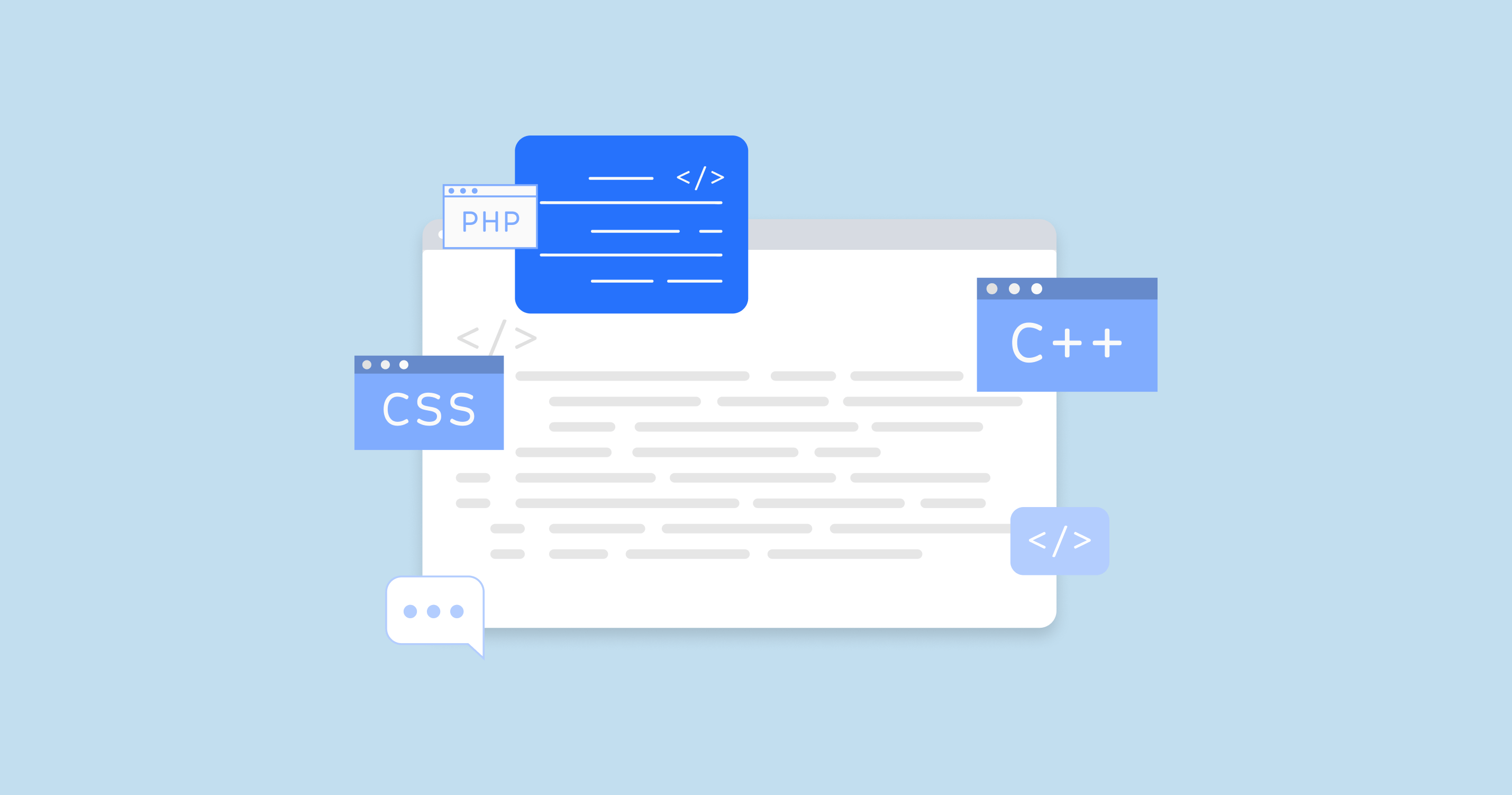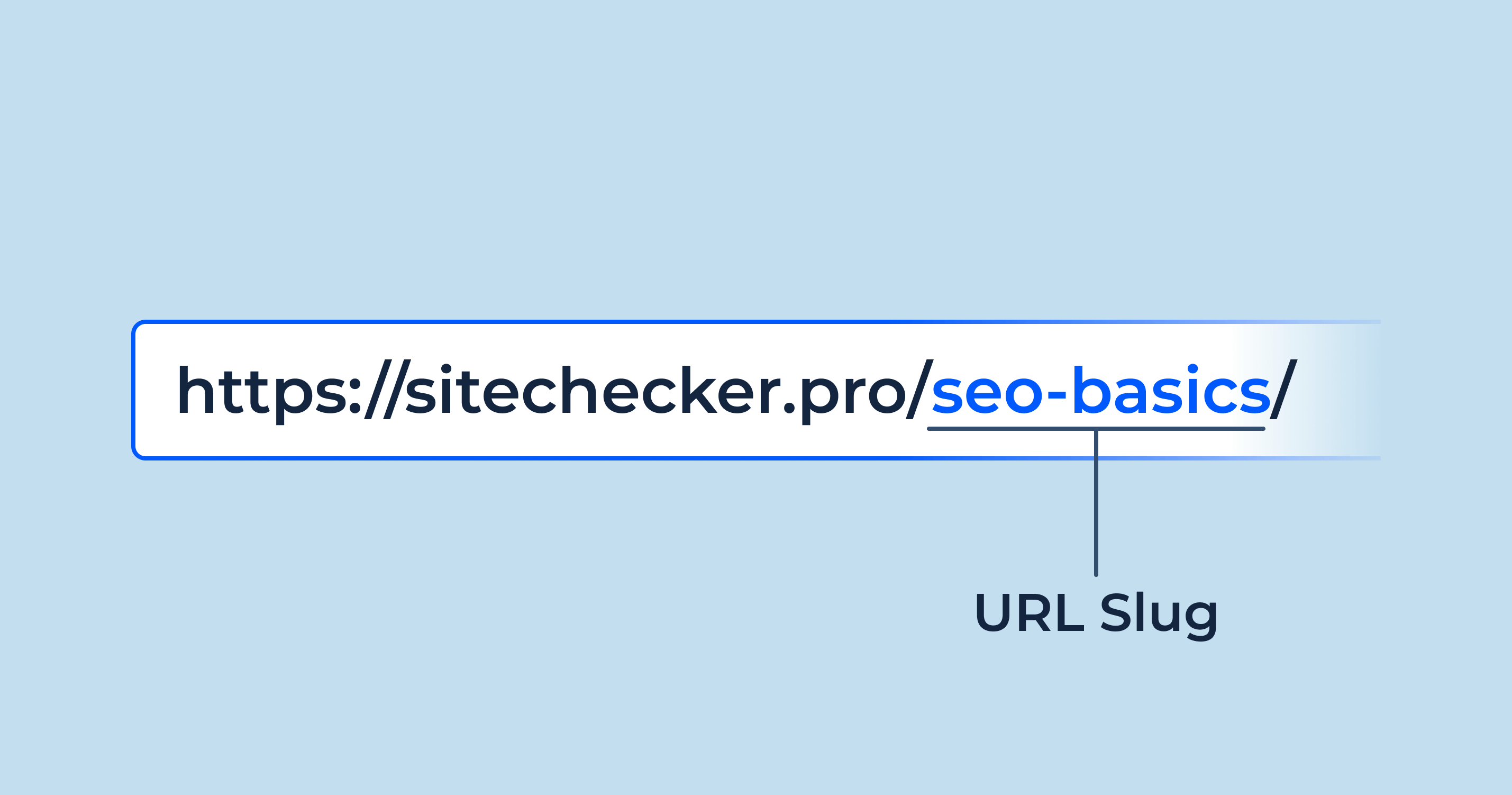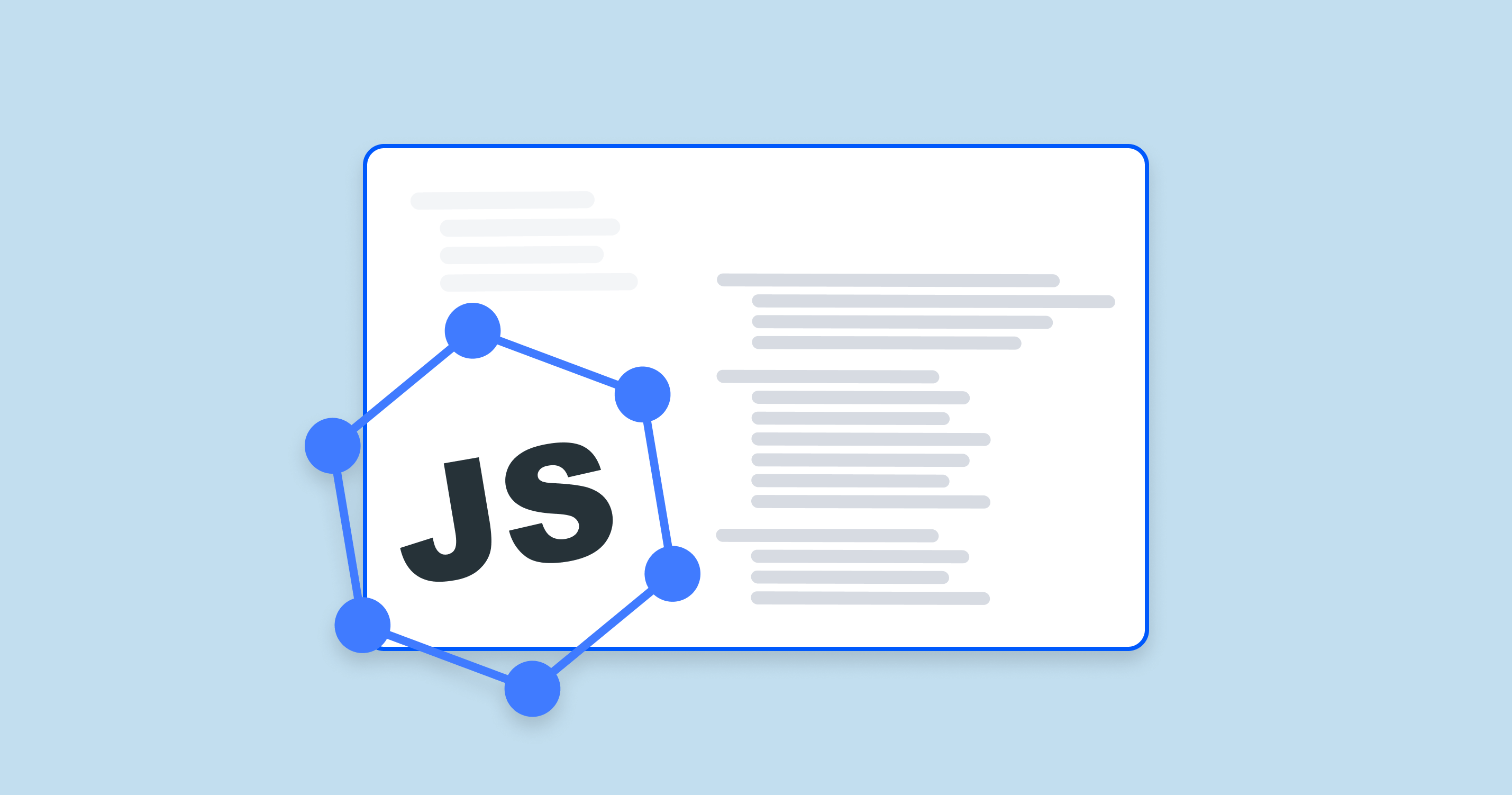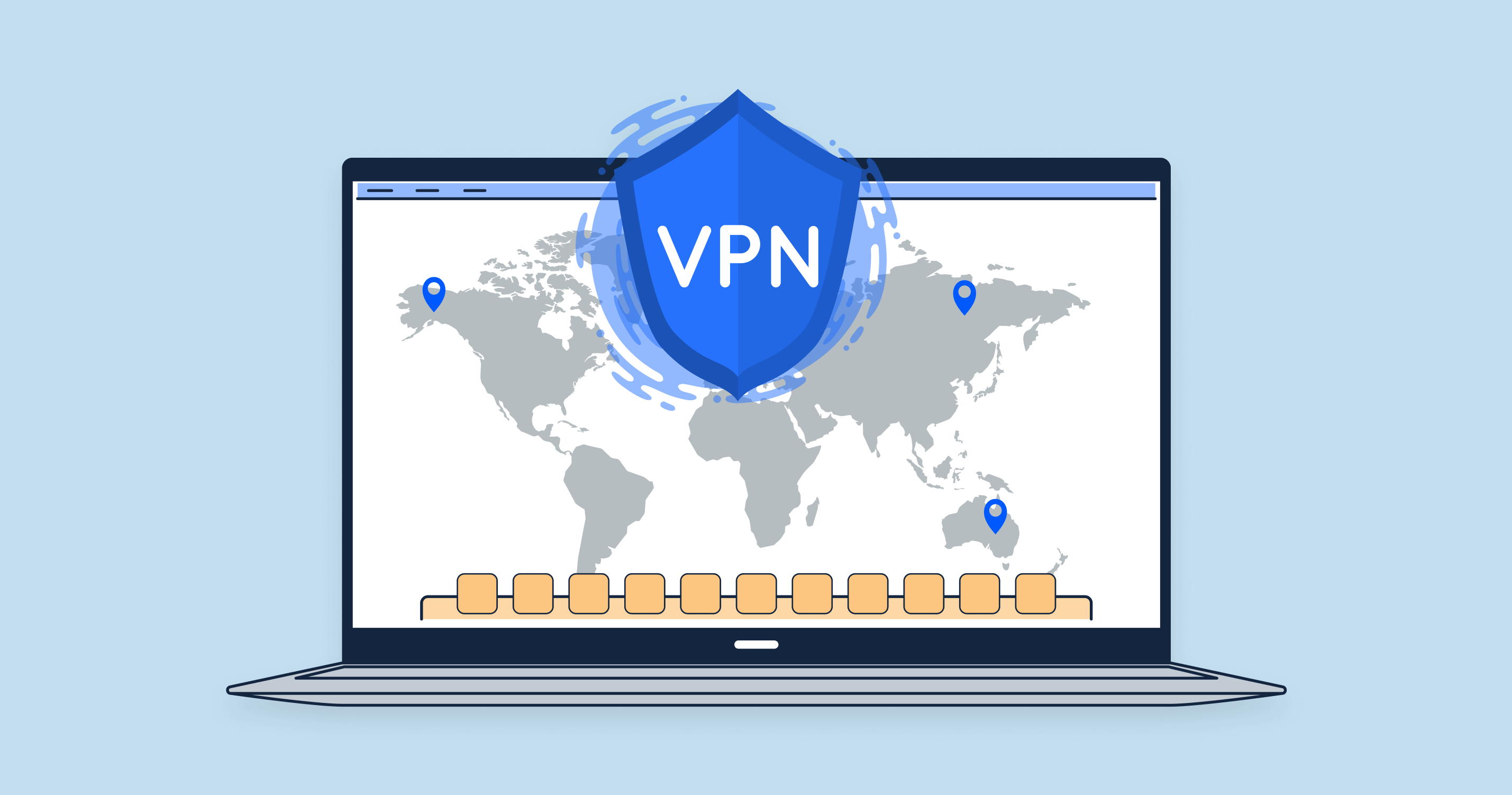What Is CMS WordPress?
WordPress is an open-source content management system (CMS) that allows users to create and publish content and manage websites without requiring extensive knowledge of coding. It has become one of the most popular platforms for website creation, thanks to its flexibility, user-friendliness, and extensive range of plugins and themes.
Key Takeaways
- WordPress is a CMS: This means it provides a backend interface for website owners to manage their site’s content without needing to know how to code.
- Open Source: Anyone can use, modify, or distribute it for free.
- Extensibility: With thousands of plugins and themes available, this CMS can be customized to fit almost any web design or functionality need.
What Types of Websites Is WordPress Good For?
Blogs: WordPress started as a blogging tool, and it’s still one of the best platforms for bloggers.
E-commerce Sites: With plugins like WooCommerce, you can set up an online store easily.
Portfolios: Many professionals use WordPress to showcase their work.
Business Websites: Small to large businesses can benefit from a WordPress website.
Educational Platforms: With the right plugins, you can even set up an online course platform using WordPress.
Forums and Social Networks: With plugins, you can transform your site into a forum or a small social network.
And More: The versatility of WordPress means it can handle many other types of websites as well.
How WordPress Works
WordPress operates as a popular content management system (CMS), a platform built in features that enables users to build, manage, and modify website content without delving deep into coding. At its core, the tool uses a combination of PHP scripts, a MySQL database, and a series of themes and plugins to render dynamic content to visitors.
Here’s a simplistic breakdown of its operations:
- User Interaction: A visitor enters your website URL in their browser.
- Fetching Data: WordPress interacts with the MySQL database to fetch the required content.
- Rendering: Using PHP, WordPress processes the content and any related instructions from active plugins or themes.
- Display: The final, styled page is then displayed in the visitor’s browser.
This process, aided by the WordPress admin dashboard, allows website owners to manage content, add or change content, install plugins, create pages, modify themes, and much more, all without directly altering the website’s code.
WordPress Customizations
One of the reasons WordPress is immensely popular is its vast potential for customization. These customizations can transform a basic WordPress site into virtually any type of online platform, from a simple blog to a full-fledged e-commerce store. Here’s how:
- Themes: WordPress themes determine the overall design and layout of a site. They can be easily changed to give your website a new look. There are thousands of themes available, both free and premium, catering to a multitude of design preferences and functionalities.
- Plugins: Plugins are extensions that add specific features to your site. For example, you might use a contact form plugin to allow visitors to reach out to you or an SEO plugin to optimize your site for search engines. Like themes, there’s a plugin for almost every functionality you can think of.
- Widgets: These are small blocks that perform specific functions. They can be added to widget-ready areas of your theme, such as sidebars or footers. Examples include recent post lists, calendar displays, or custom text blocks.
- Custom Code: For those who possess coding knowledge, WordPress allows direct code modifications. This is great for creating unique features or designs that aren’t achievable with themes or plugins alone.
Through these customizations, website owners have the flexibility and tools to make their site truly unique and create content more tailored to their specific needs.
Why Use WordPress?
WordPress is a leading choice for website creation for various reasons. Let’s explore some of the primary advantages that make it so widely adopted:
User-Friendly: Even those with minimal technical knowledge can set up and run a WordPress website. The intuitive dashboard and visual editors make content management a breeze.
Cost-Effective: While there are premium themes and plugins, the core WordPress software is free to use. This makes it an affordable choice for many.
Highly Customizable: As discussed previously, the multitude of themes and plugins available ensures that you can tailor your site exactly to your needs and preferences.
SEO-Friendly: WordPress is coded in a way that’s optimized for search engines. Plus, there are numerous SEO plugins to further enhance this.
Scalable: From personal blogs to large e-commerce sites, WordPress can handle it all. As your website grows, WordPress scales with you.
Community Support: Being open-source, it has a vast community of developers, users, and experts ready to assist. There are forums, tutorials, and resources galore.
Regular Updates: WordPress is frequently updated for improved functionality and security.
Versatility: It’s not just for blogging. You can create business websites, portfolios, forums, e-commerce sites, membership platforms, and much more with WordPress.
Common WordPress Issues to Be Aware Of
However, like any platform, WordPress is not without its challenges. Here are some common issues users might face:
- Security Concerns: Due to its popularity, WordPress can be a target for hackers. However, with regular updates and security plugins, risks can be minimized.
- Performance Issues: Overloading your site with plugins or using poorly coded themes can slow down your website.
- Compatibility Issues: Sometimes, plugins or themes may conflict with one another or with core WordPress updates.
- Site Breakdowns: Incorrect changes in the website’s backend, like editing the source code without proper knowledge, can lead to site malfunctions.
- Maintenance: Regular updates are required for WordPress core, themes, and plugins to ensure optimal performance and security.
- Learning Curve: While user-friendly, there’s still a learning curve for complete beginners, especially if diving into more advanced customizations.
It’s essential to be aware of these potential issues when you buy web hosting or considering WordPress. However, with proper knowledge, many of these challenges can be easily managed or avoided.
Differences Between WordPress.org and WordPress.com
While bothWordPress.org and WordPress.com are connected to the core software of the WordPress platform, they serve different purposes and offer different features:
- Self-hosted vs. Hosted:
- Customization:
- Cost:
- Maintenance:
- Monetization:
WordPress.org: Often referred to as “self-hosted WordPress”, it requires users to host their website on a third-party server. This gives more control and flexibility.
WordPress.com: A hosted service, meaning the hosting is managed by WordPress.com. Users don’t have to worry about finding a separate hosting provider.
WordPress.org: Offers unrestricted customization. Users can install any theme or plugin, and even modify the site’s underlying code.
WordPress.com: Customizations are more limited, especially on free plans. Premium plans offer more flexibility but still have some restrictions.
WordPress.org: While the software itself is free, users need to pay for hosting and a domain name. Additional costs might arise for premium themes and plugins.
WordPress.com: Offers a free basic plan, but there are paid plans with more features. The cost can increase with add-ons and premium features.
WordPress.org: Users are responsible for updates, backups, and security.
WordPress.com: Maintenance, updates, and backups are managed by the platform, especially beneficial for those who prefer a more hands-off approach.
WordPress.org: Users have full control over monetization strategies, be it ads, affiliate links, or online stores.
WordPress.com: Restrictions apply, especially on free plans. Advanced plans provide more monetization features.
Diving Deeper into WordPress Customizations
Customizations are at the heart of what makes WordPress so versatile and popular. Let’s delve into some primary customization methods: themes and plugins.
What Are WordPress Themes?
WordPress themes dictate the design and layout of a website. Think of them as the “skin” or “appearance” of your site. Key aspects include:
- Pre-Designed Templates: Themes come with pre-designed templates that can be easily modified to suit your needs.
- Responsive Design: Many themes are responsive, meaning they automatically adjust to fit any screen size, be it mobile, tablet, or desktop.
- Customization Options: Most themes offer customization options like color schemes, typography choices, and layout modifications.
- Free vs. Premium: There are thousands of free themes available, but premium themes often come with advanced features and dedicated support.
- Child Themes: For those with coding knowledge, child themes allow further customization without affecting the original theme.
What Are WordPress Plugins?
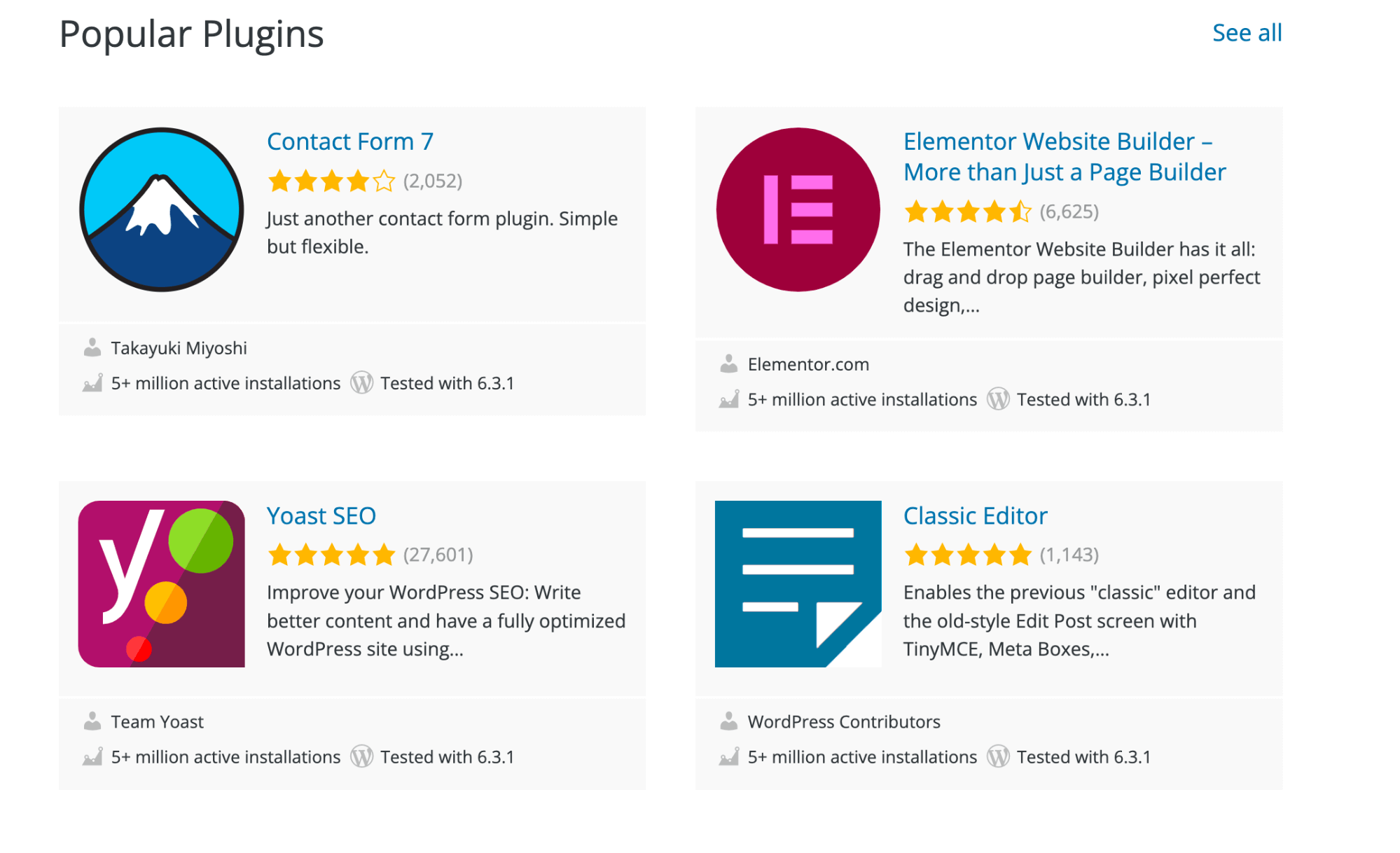
Plugins are extensions added to a WordPress site to introduce new functionalities or features. Here’s what you should know:
- Extending Functionality: Want to add a contact form? There’s a plugin for that. Need SEO tools? There’s a plugin for that too. From e-commerce capabilities to social media integrations, plugins have you covered.
- Ease of Use: Most plugins offer a simple interface, ensuring users don’t need coding knowledge to set them up.
- Free vs. Premium: Like themes, there’s a vast selection of both free and premium plugins. While many free plugins offer great functionality, premium versions provide more advanced features and support.
- Regular Updates: It’s crucial to regularly update plugins to ensure compatibility with the latest WordPress version and to maintain site security.
What Websites Use WordPress?
WordPress, as one of the most versatile and popular content management systems, powers various types of websites across the internet. From personal blogs to large corporations, its flexibility meets diverse needs. Here’s a look at some of the types of websites commonly built using WordPress:
| Personal Blogs | WordPress began as a blogging platform, and it remains a top choice for individual bloggers sharing their insights, stories, and experiences. |
| Business Websites | Small businesses, startups, and even large corporations use WordPress to create professional, scalable corporate websites. These can include service details, product showcases, company histories, and more. |
| E-commerce Stores | With plugins like WooCommerce, WordPress can be transformed into a full-fledged online store, allowing businesses to sell products or services directly to consumers. |
| Portfolio Sites | Artists, photographers, designers, and other professionals use WordPress to display their work, attract clients, and provide contact information. |
| News and Magazine Sites | Several leading news agencies and magazines use WordPress to publish daily news, articles, and updates due to its easy content management capabilities. |
| Educational Institutions | Schools, colleges, and universities might use WordPress to share course details, academic calendars, and other essential information. |
| Non-profits and Charities | These organizations use WordPress to showcase their causes, gather donations, and keep their communities updated. |
| Forums | With plugins like bbPress, WordPress websites can be turned into community forums where users can post questions, share answers, and engage in discussions. |
| Membership Sites | Websites that offer premium content for subscribed members can be created using specific WordPress plugins. |
| Directories and Listing Sites | Be it a real estate listing, job board, or local business directory, WordPress can handle them with the right themes and plugins. |
| Social Networks | Believe it or not, with plugins like BuddyPress, WordPress can be used to create niche social networking sites. |
| Personal Resumes | Individuals looking to stand out in the job market might create a personal resume website using WordPress to showcase their skills, experiences, and testimonials. |
It’s worth noting that some notable brands and personalities also use WordPress for their websites, further showcasing its adaptability and widespread acceptance.
In summary, while WordPress’s origins are rooted in blogging, its evolution and extensive ecosystem have made it suitable for virtually any kind of website imaginable.
How Do I Start Using WordPress?
Starting with WordPress is relatively straightforward. However, for newcomers, it’s essential to follow a systematic approach to ensure a smooth and efficient setup. Here’s a step-by-step guide to getting started with WordPress:
- Determine Your Needs: Before diving in, identify what you want from your website. Is it a personal blog, a business website, or an online store? Your needs will dictate your choice of themes, plugins, and hosting.
- Choose a Domain Name: Your domain name is your website’s address on the internet, like “example.com.” It’s essential to select a name that is memorable, relevant to your content, and preferably short.
-
Select a Hosting Provider: For those using WordPress.org, you’ll need a web hosting provider. Some popular options include Bluehost, SiteGround, and HostGator.
For WordPress.com users, hosting is provided by the platform, so this step can be skipped.
-
Install WordPress: Most hosting providers offer one-click installations for WordPress. This method is the easiest and most recommended for beginners.
Alternatively, you can manually download the WordPress software from the official website and install it on your server.
- Configure Basic Settings: Once installed, access the WordPress admin dashboard. Here, you can set your site title, tagline, timezone, and other fundamental settings.
- Choose a Theme: Navigate to ‘Appearance’ and then ‘Themes’ in your dashboard. You can choose from thousands of free themes available or upload a premium theme you’ve purchased.
- Install Essential Plugins: Plugins enhance your website’s functionality. Some recommended plugins for starters include:
- Add Content:
-
Posts: For regular content updates, like blog articles.
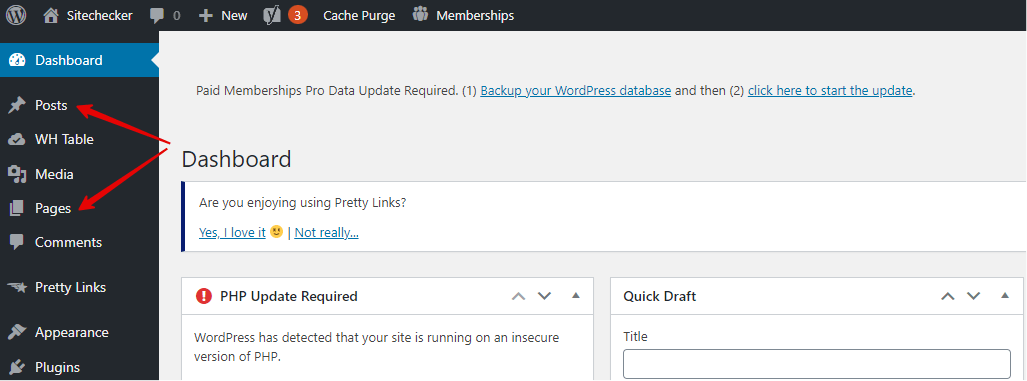
- Pages: For static content like ‘About’, ‘Contact’, or ‘Services’.
-
Customize Your Website: Using the ‘Customizer’ in the ‘Appearance’ tab, you can modify various design elements, including colors, fonts, and layout structures.
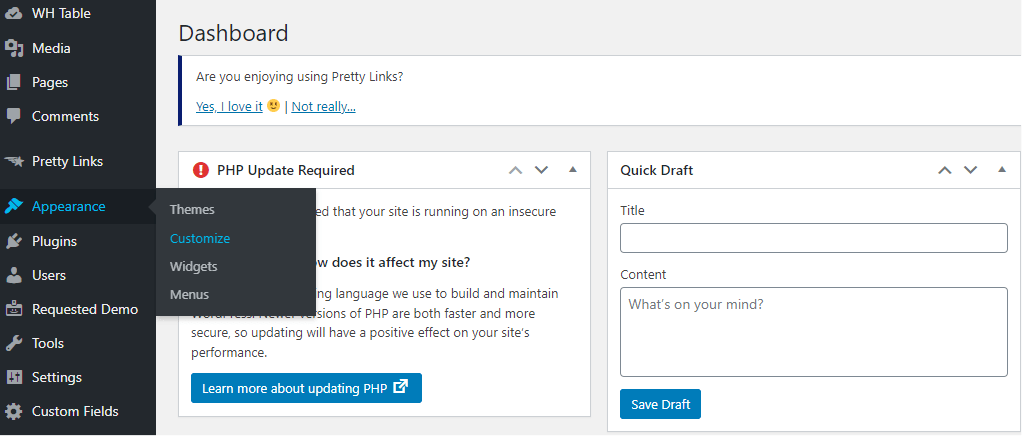
- Optimize for SEO: Ensure that your website is search engine-friendly. Utilize plugins, create high-quality content, and ensure your site loads quickly.
- Regular Maintenance: Keep your WordPress core, themes, and plugins updated. Regularly backup your website and ensure it’s protected from potential security threats.
- Engage with Your Audience: Once your website is up and running, engage with your visitors. Respond to comments, integrate social media, and regularly update your content.
Yoast SEO for search engine optimization.
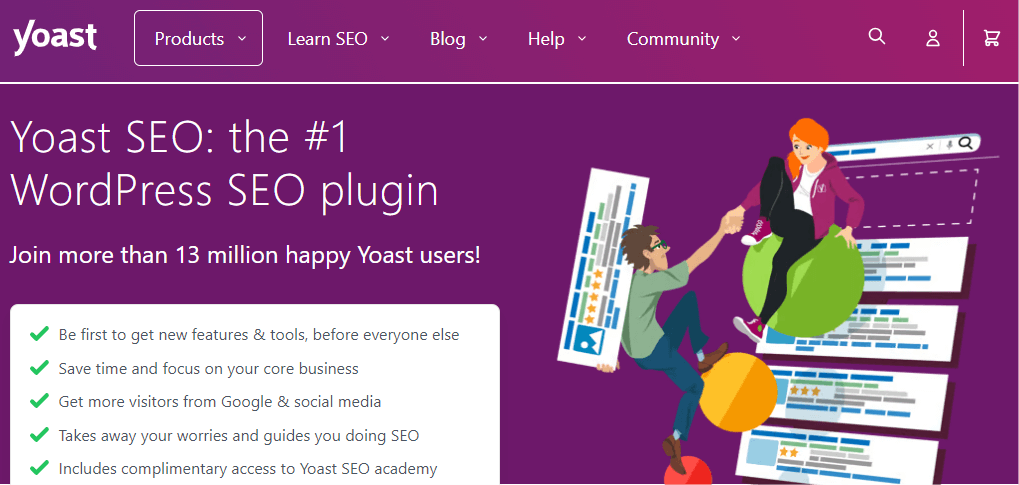
Akismet to filter out spam comments.

Contact Form 7 to add a contact form.
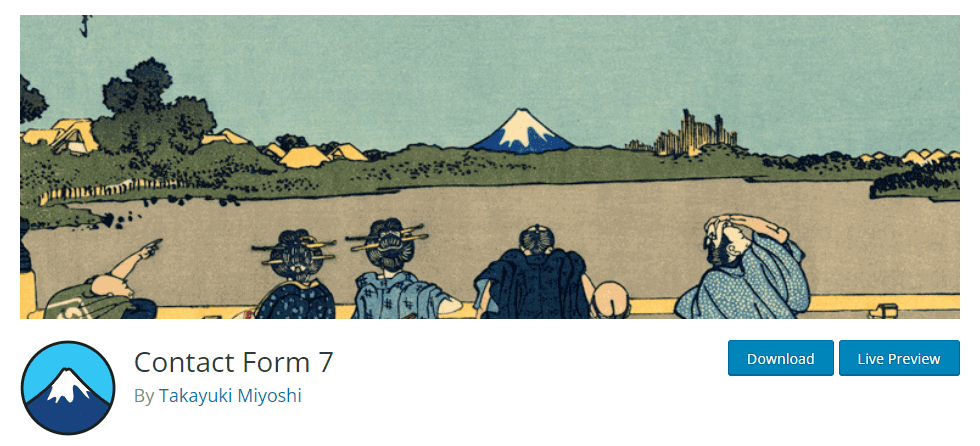
WooCommerce if you’re setting up an online store.
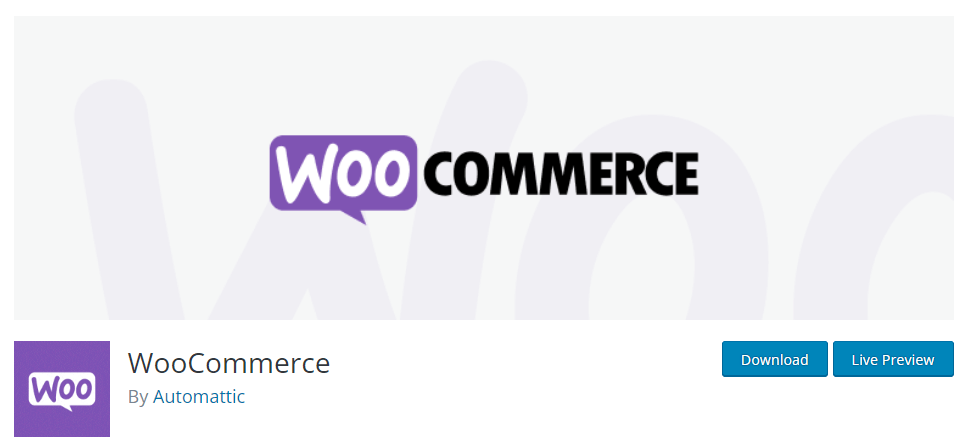
Remember, while setting up is just the beginning, the real journey lies in continuously refining and growing your WordPress website to meet your goals and your audience’s needs.
Here’s a video that will help you create a WordPress site in 5 quick steps:
iframe width=”700″ height=”350″ src=”https://www.youtube.com/embed/CEJLoXipdL0?si=bWjYOP6HZ_NjEigh” title=”YouTube video player” frameborder=”0″ allow=”accelerometer; autoplay; clipboard-write; encrypted-media; gyroscope; picture-in-picture; web-share” allowfullscreen/iframe
Check What CMS Does the Site Use With Sitechecker’s CMS Detector
The CMS Detector is an invaluable tool for digital enthusiasts and professionals aiming to uncover the underlying content management system (CMS) of any website. With just a few clicks and URL input, this intuitive tool dives deep into the site’s framework, promptly identifying the specific CMS in use. This insight is crucial, especially for developers, marketers, and SEO professionals, as it offers a glimpse into the website’s structure, customization capabilities, and potential growth paths.
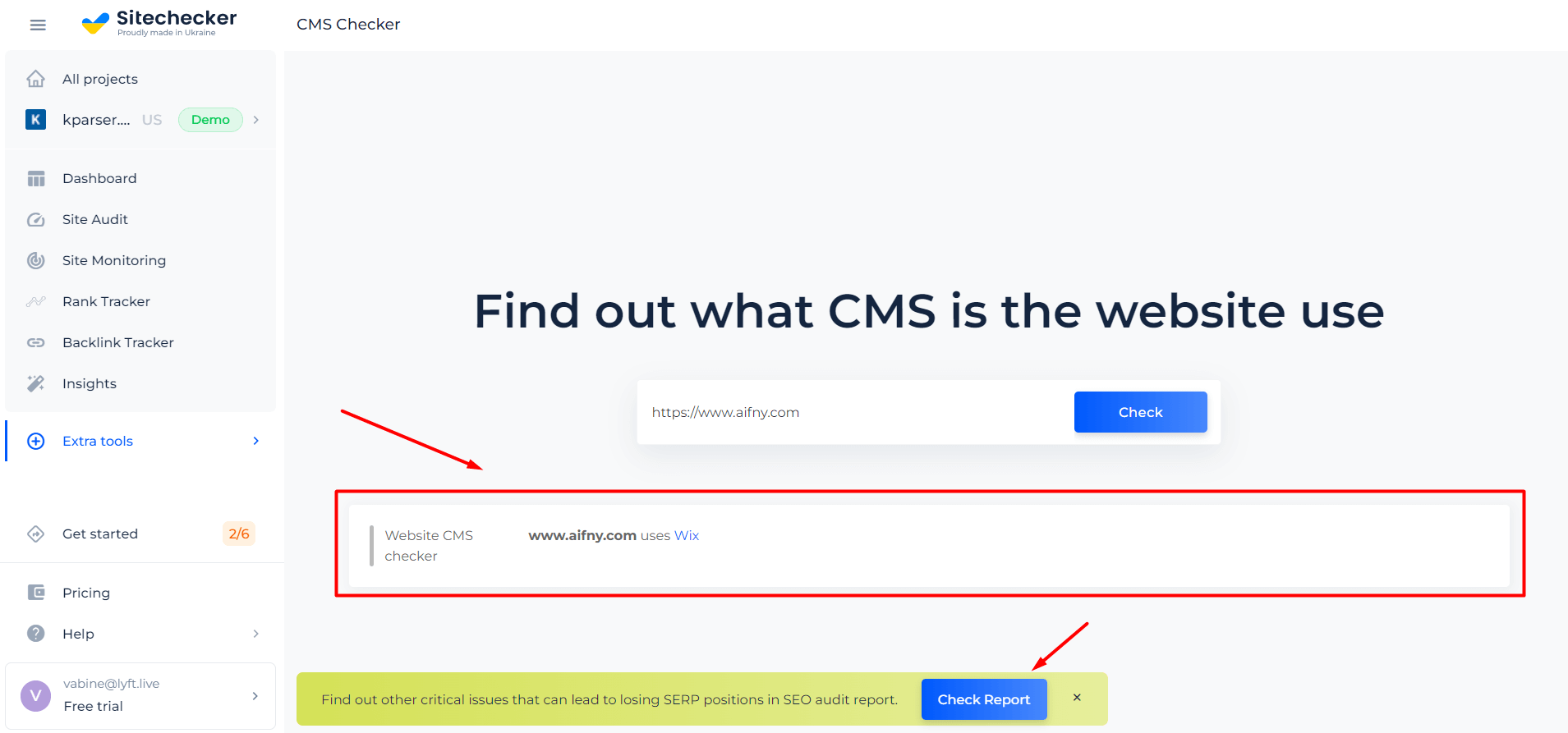
Beyond basic CMS detection, the tool serves up additional insights that provide a broader context for the website’s build. It intelligently recognizes related plugins and technologies integrated with the CMS, allowing users to understand not just the website building foundational system but also the extended functionalities that enhance the site’s operations. With this comprehensive view, users are better equipped to strategize potential optimizations, ensuring they’re leveraging the best tools in the digital landscape.
Uncover the Power Behind Any Site!
Discover the CMS backbone of any site effortlessly with our CMS Detector!
Conclusion
Embarking on the WordPress journey might seem overwhelming initially, but as we’ve explored, its adaptability and user-centric design make it a leading choice for various digital needs. From personal blogs to large-scale business websites, WordPress offers the tools and flexibility to create and evolve your online presence. With the foundational knowledge we’ve covered, you’re poised to harness the platform’s potential and craft impactful digital experiences.
